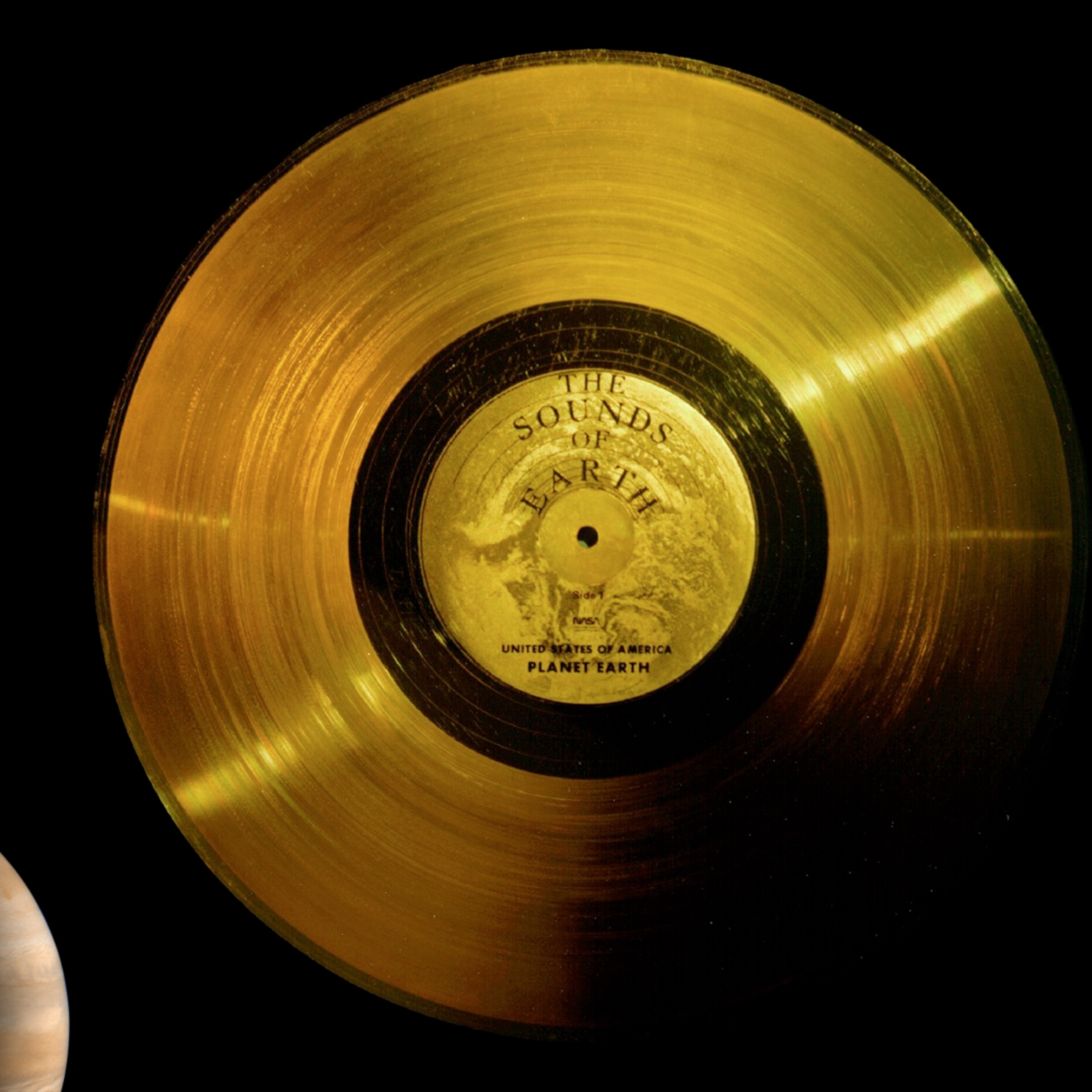
Potentially Habitable Planet Found Orbiting Star Closest to Sun
The alien world is warmed by the light of Proxima Centauri, a red dwarf star that sits just 4.24 light-years away.
Small planets sometimes generate gargantuan buzz. For weeks, eager media outlets have been reporting rumors that a potentially habitable planet is circling the star closest to our sun, a red dwarf called Proxima Centauri.
Now, finally, astronomers are ready to unveil this alien world.
Observations made with a telescope in Chile have indeed revealed a planet about as massive as Earth that orbits Proxima Centauri, which is a cosmic walk to the corner store at just 4.24 light-years away. And if conditions are right, the planet is in an orbit that’s warm enough for liquid water to survive on its surface.
Illuminated by a pale reddish light, the world orbits the smallest star in a triple system known as Alpha Centauri, which shines in the southern constellation Centaurus. (Find out how to see Alpha Centauri and other objects in the southern sky.)
The Alpha Centauri system, long a wonderland for science fiction authors, is often considered a destination for humanity’s first leap into interstellar space—as well as a potential haven for future civilizations fleeing the inevitable destruction of Earth as we know it.
“A habitable, rocky planet around Proxima would be the most natural location to where our civilization could aspire to move after the sun will die, five billion years from now,” says Avi Loeb of the Harvard-Smithsonian Center for Astrophysics and an adviser to the Breakthrough Starshot project.
Even before today’s announcement, Breakthrough Starshot had announced its plan to send tiny spacecraft to the Alpha Centauri system later this century. But don’t expect any postcards from the new planet anytime soon: It will take more than 20 years for a spacecraft traveling at a monstrous 20 percent of the speed of light to reach Proxima Centauri, and another 4.24 years for any data to arrive back on Earth.
Exoplanet fans may recall that this isn’t the first time a world has been reported in the Alpha Centauri system. In 2012, astronomers announced that a potential Earth-mass planet orbited the sunlike star Alpha Centauri B—another discovery that was prematurely revealed by impatient publications. But that planet vanished when follow-up observations failed to confirm its existence and instead suggested that noisy data and the star’s own activity were masquerading as a planet.
With this new observation, the next star system over again joins the thousands of faraway stars known to host planetary residents—and it looks like it’ll take a rather skilled cosmic magician to make this world disappear.
Based on data collected over 54 nights, the signature of the planet is strong, popping out even when the data are inspected by eye and not a computer algorithm.
“It’s pretty unambiguous,” says Yale University’s Greg Laughlin. “This isn’t a case where you kind of have to resort to black arts to pull the signal out.”
Finding Proxima
Known as Proxima b, the planet was discovered by a team of scientists working on the Pale Red Dot project—a twist on Carl Sagan’s description of Earth, which looks like a pale blue dot from afar.
Scientifically, the discovery is not exactly a surprise. The last decade of exoplanet discoveries has revealed that red dwarf stars like Proxima are very likely to host planets, and a large fraction of those worlds should be somewhat like this new one: small, rocky, and warm enough for water to flow on its surface.
While earlier searches for planets around Proxima had officially turned up empty, there were tantalizing signs that at least one planet could be there, waiting to be detected with a more comprehensive search.
As a planet goes about its orbital business, its gravity tugs ever so slightly on its star, causing the star to wobble. Larger planets naturally produce bigger wobbles. Smaller, Earth-mass planets tug almost imperceptibly on their stars, requiring long observing campaigns with extremely sensitive instruments to detect.
Observations taken sporadically between 2000 and 2014 had hinted at the presence of a planet in an 11-day orbit around Proxima, but its shaky signature wasn’t clear enough to be anything more than a tease. Determined to see if a planetary hand really was the source of Proxima’s wobbles, the Pale Red Dot team aimed Earth’s sharpest wobbly-star watcher, the High Accuracy Radial velocity Planet Searcher (HARPS), at the red dwarf earlier this year.
From its location at the European Southern Observatory's site in La Silla, Chile, HARPS measured the motion of the star night after night, and scientists eagerly waited as one data point after another came in. The team almost immediately noticed the same 11-day signal in the data. About 20 nights in, Guillem Anglada-Escudé began to admit that maybe they had a detection—and after another 10 evenings, he started drafting a paper describing the finding, which is published August 24 in Nature.
“We tried to remain as skeptical as possible, because we were collecting one data point per night,” says Anglada-Escudé, of Queen Mary University of London. “We didn’t want to claim something like this and then have to pull it a couple of months later.”
The data suggest Proxima b is 1.3 times Earth's mass and takes 11.2 days to orbit its star, putting it in the region where the star’s feeble light is warm enough to keep any surface water flowing.
Planet or Star?
With the vanishing Alpha Centauri B planet on their minds—as well as other high-profile planet discoveries that later disappeared—the Pale Red Dot team very carefully tried to confirm their find. First, the team went back and reprocessed the observations from earlier this century. When run through a newer, better pipeline, that tantalizing original signal got stronger.
Next, and very importantly, the team needed to rule out the star itself as a source of the 11.2-day signal. That’s not easy, considering the cantankerous nature of Proxima Centauri, which periodically erupts in flares that blast radiation into space.
You May Also Like
“There are a few diagnostic tests which can demonstrate that what you think is a planet is really due to stellar activity,” says Lauren Weiss of the University of California, Berkeley. “The authors did all of those, and they found that the planet hypothesis is holding up for now.”
One of the tests the Pale Red Dot team performed was simply observing the star, reasoning that any regular, deceptive stellar activity should be visible from Earth. But observations with multiple telescopes on the ground didn’t reveal any stellar activity that matched the 11-day period.
“There’s nothing that looks correlated in any way,” says Yale University’s Debra Fischer. She thinks the Proxima planet is a credible result, though not quite ironclad yet.
There are even signs that Proxima b could have siblings: One additional signature in the data could be the work of a super-Earth on a 200-day orbit, Anglada-Escudé says, but the team will need to do more work to determine the signal’s origin.
When Worlds Align
In addition to ruling out false alarms, one of the most popular ways of validating a planet is to find it using a different detection method. Already, scientists are aiming Canada’s MOST space telescope at Proxima and looking to see if its planet transits, or crosses the face of its star as seen from Earth.
“If it does transit, that would be an extraordinary home run. I don’t think it gets any better than a transiting, Earth-size planet in the habitable zone orbiting the nearest star—unless there’s a radio broadcast emanating from it,” Laughlin says.
However, the perfect alignment that allows astronomers on Earth to see a planet transiting another star is rare: Laughlin puts the odds at just two percent.
Scientists aren’t quite done analyzing the MOST data for transits, but so far the data “do not raise any major red flags that Proxima b is bogus,” says Columbia University’s David Kipping, who is leading the MOST search.
Still, further observations made with HARPS or other sensitive instruments coming online in the next few years will help confirm whether the signal is the work of the planet or the star. And waiting a few years to make those measurements could only boost their credibility.

"If this really is a planet, the 11-day signal shouldn’t depend too much on when we observe the star. The planet should always be there," Weiss says. "If anyone tries this experiment again a few years from now and doesn't see the same signal, that's a bad sign."
Hopes for Life
As exciting as the discovery is, however, it’ll be a while until astronomers can tell us whether Proxima b is a good host for life as we know it. For now, scientists don’t know enough about the planet to assess its true nature—but based on available information, it’s unlikely to be an Earthly twin, or even similar to Earth at all.
“The planet is in a warm orbit, but that doesn’t mean it’s habitable,” says Anglada-Escudé. “This is something we have to discuss a lot.”
To begin with, aside from its age, Proxima Centauri is nothing like the sun. It’s about 12 percent of the sun’s mass, has a magnetic field 600 times stronger, and emits the majority of its light in relatively cool infrared wavelengths. It also spits out roughly the same amount of x-rays as the sun, meaning that planets near enough to support liquid water are constantly in the splash zone of potentially damaging energetic particles.
Then there are those giant flares, which are tempestuous even by red dwarf standards. The star has somewhat chilled out in its relative old age, but it once shot extreme amounts of UV radiation into space with alarming frequency, potentially dealing a hostile blow to any life on an infant planet’s surface.
Not only that, but those stellar tantrums and continued x-ray bombardment could erode or severely alter the chemistry of any atmosphere, leaving the surface relatively unprotected from lethal radiation.
“If the atmosphere is thinner, then more UV radiation will hit the ground,” says Cornell University’s Lisa Kaltenegger. “Ground-based life will either have to shelter underground, underwater, or rely on another mechanism to shield itself.”
There’s also the strong probability that, at a mere seven million kilometers from its host, Proxima b keeps one face pointing toward its star at all times and one face gazing eternally into the cosmic night.
All of these differences don’t prove that life could not have evolved on Proxima b, just that its story would be dramatically different from that of life on Earth.
“Life, if it exists, probably had a rougher start than life on Earth,” Kaltenegger says. “But that is exactly why it is so exciting to study these other worlds. They are just a bit different and can unveil an amazing diversity of life we can't even imagine yet.”
Follow Nadia Drake on Twitter.








